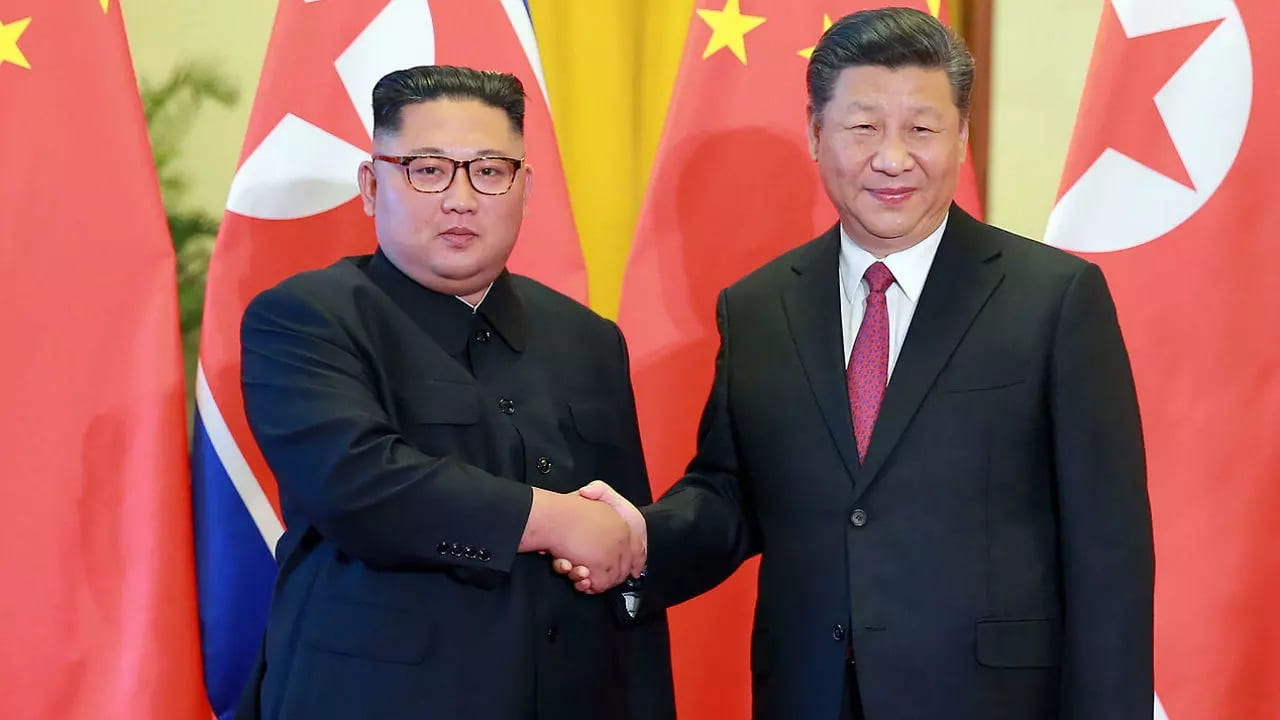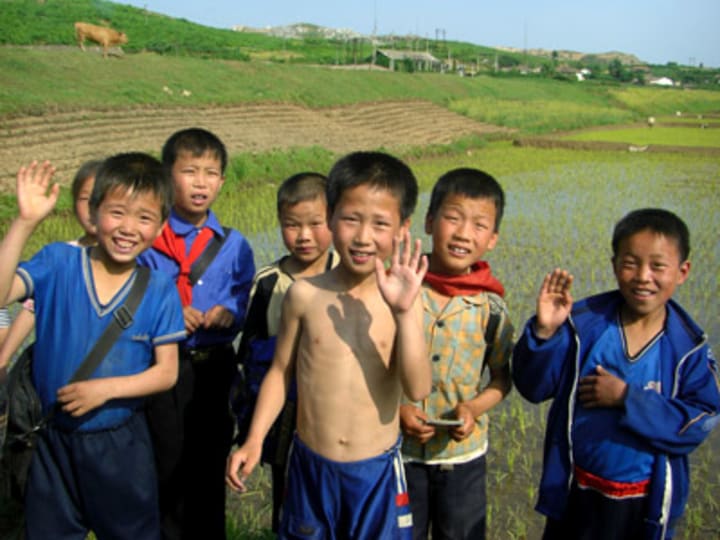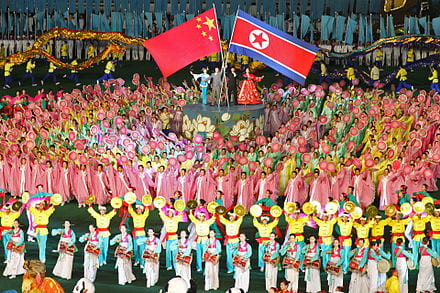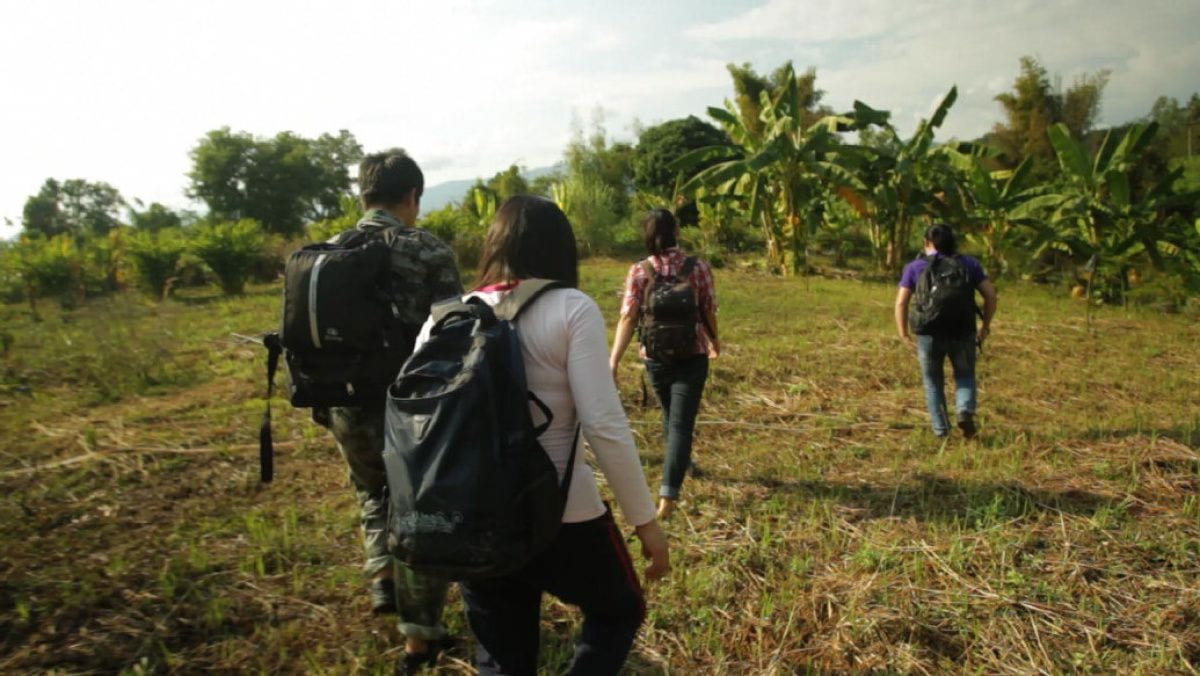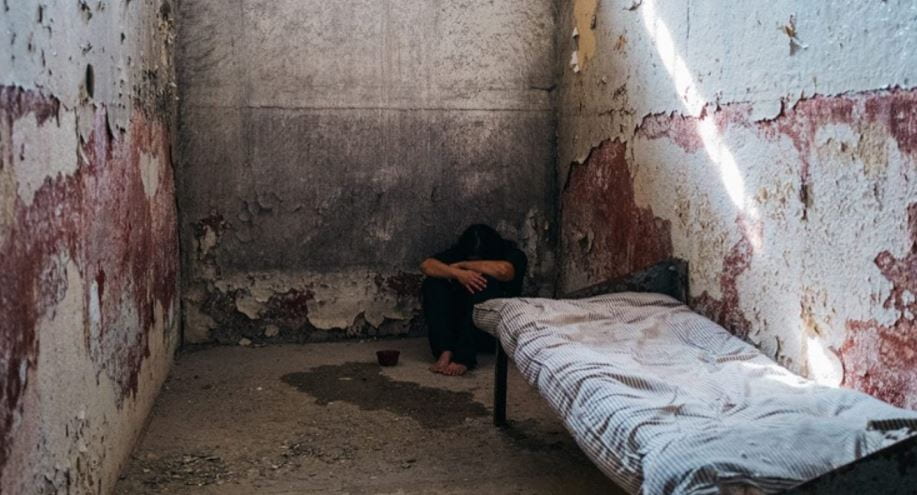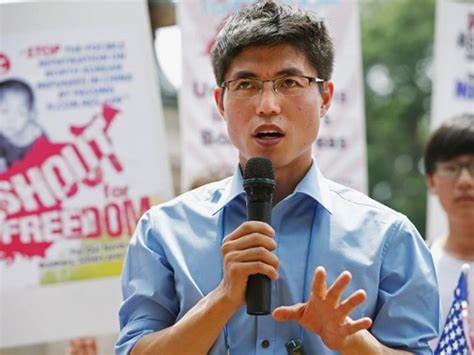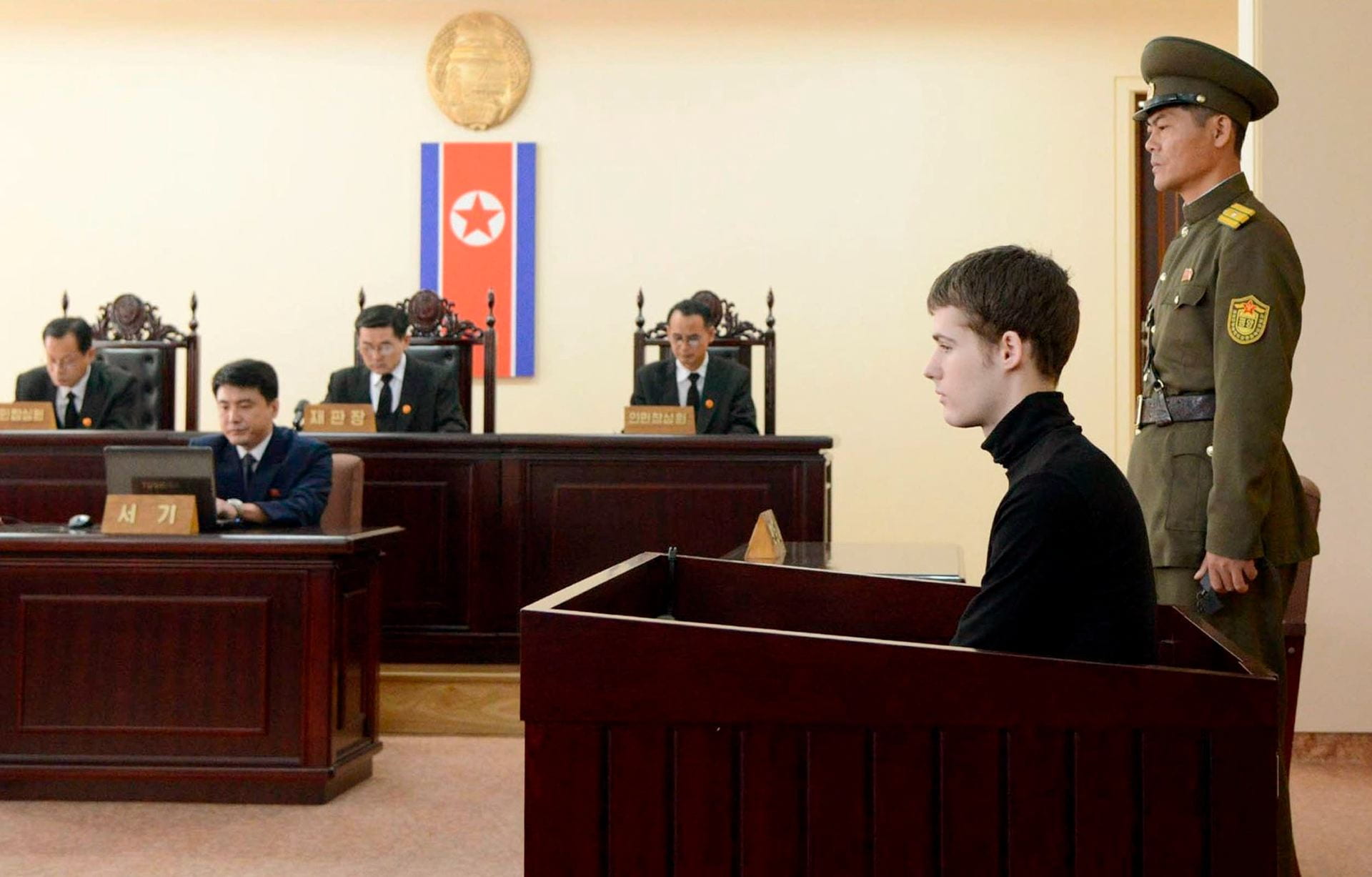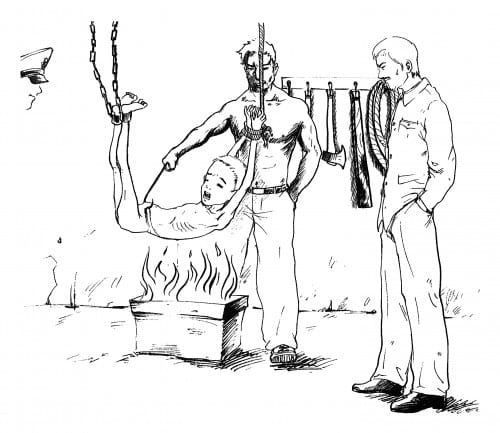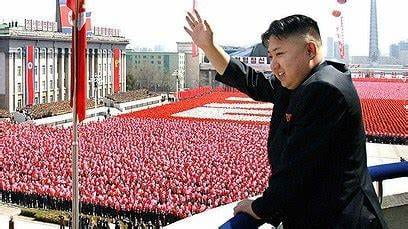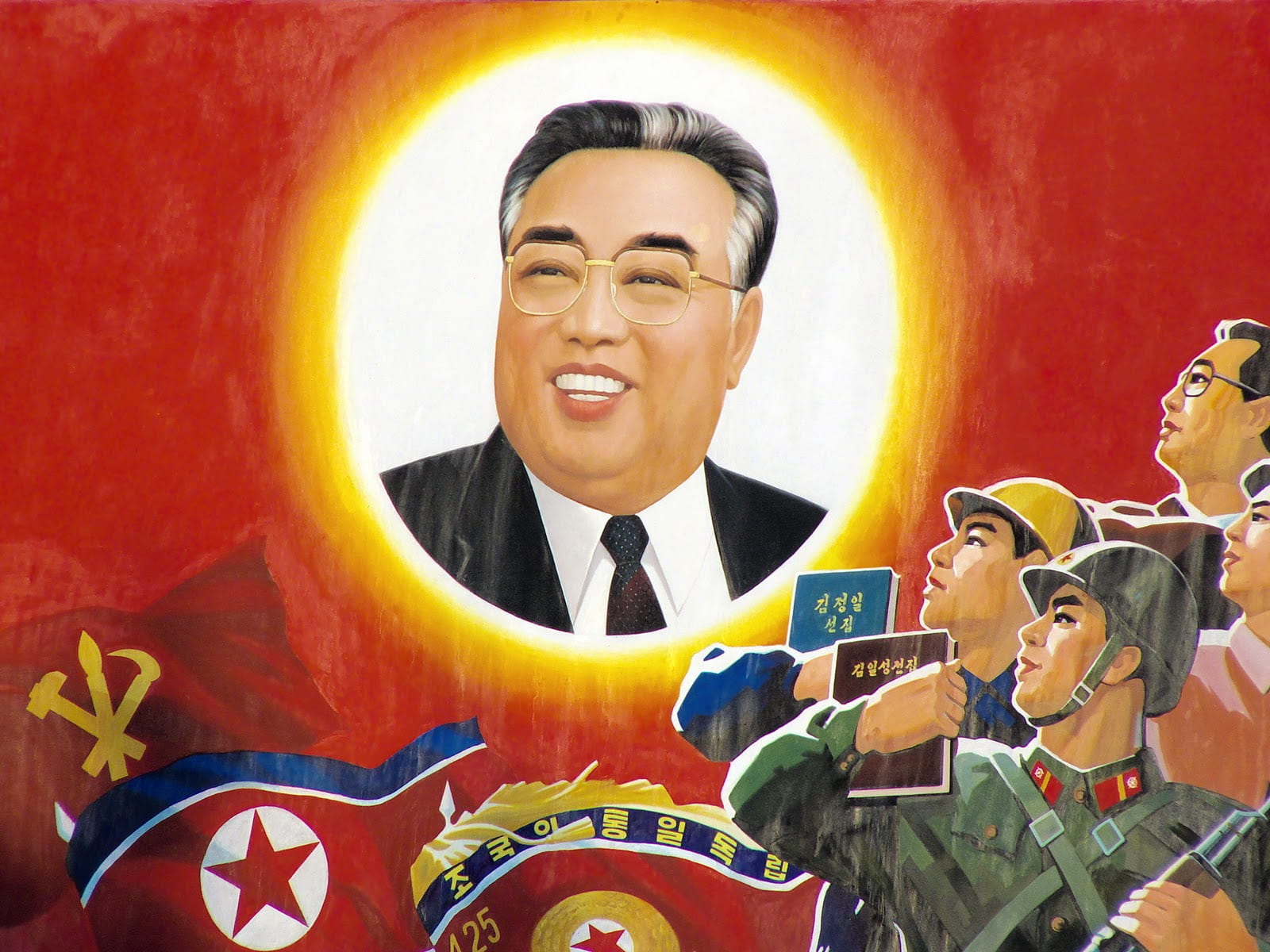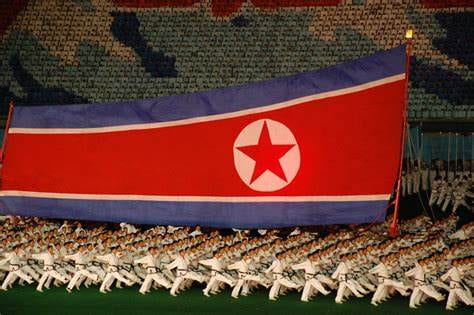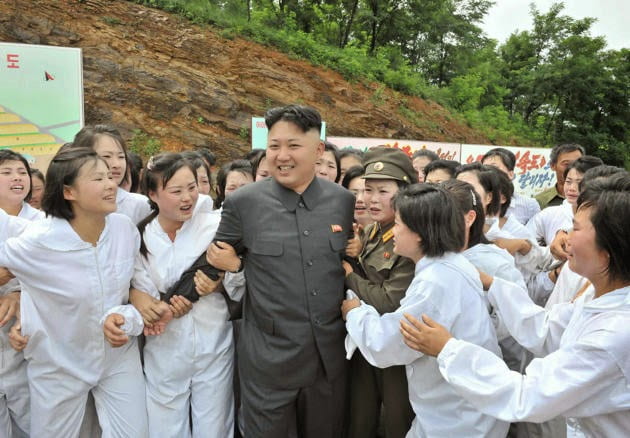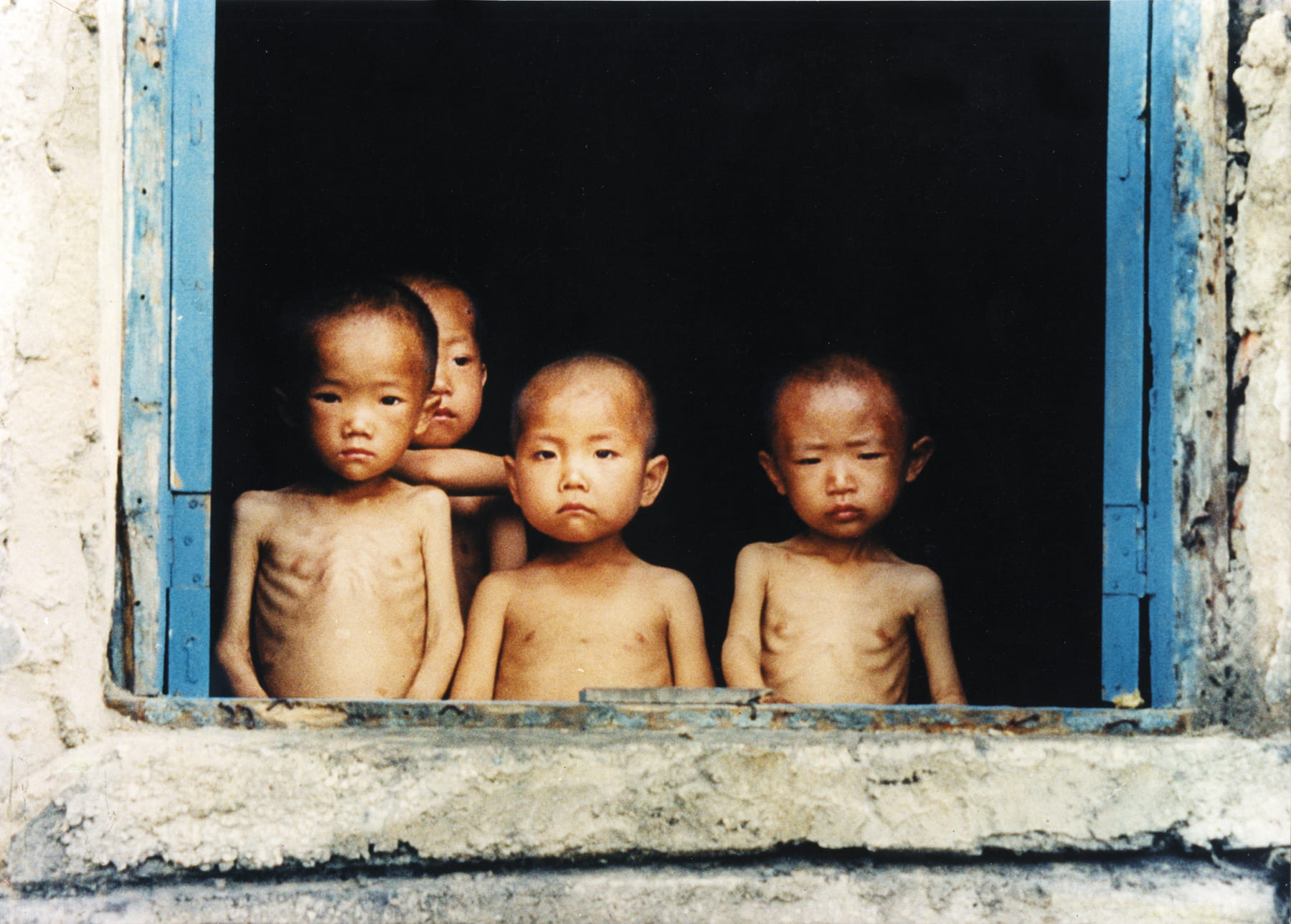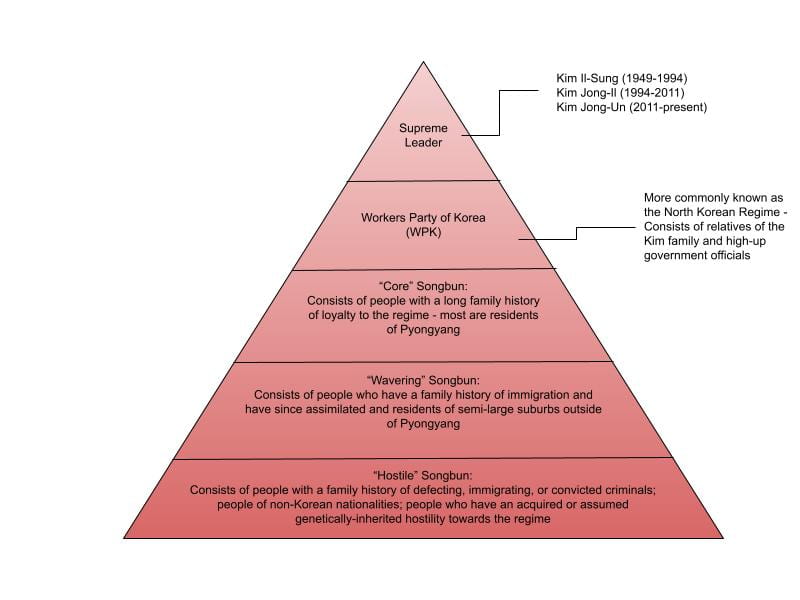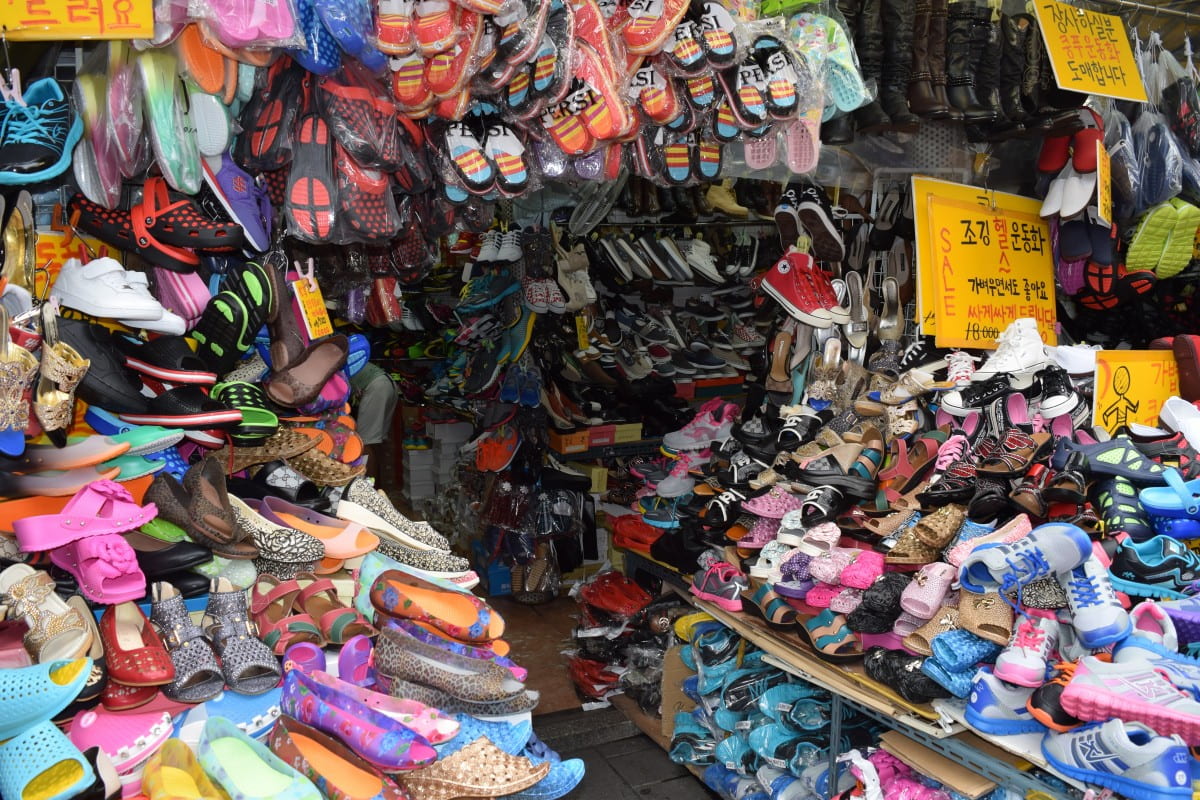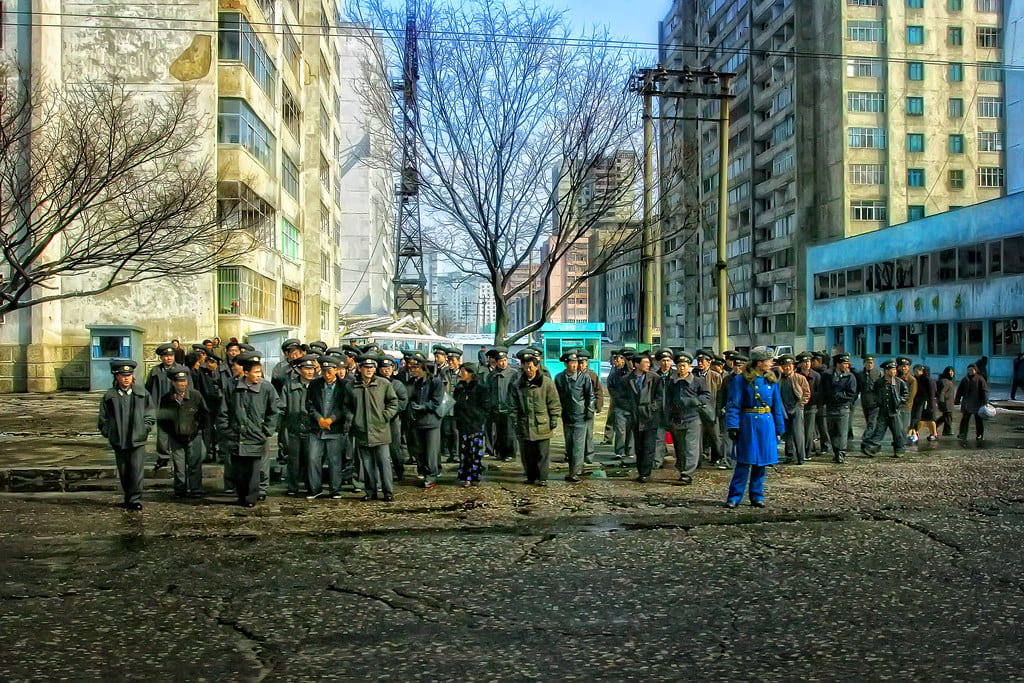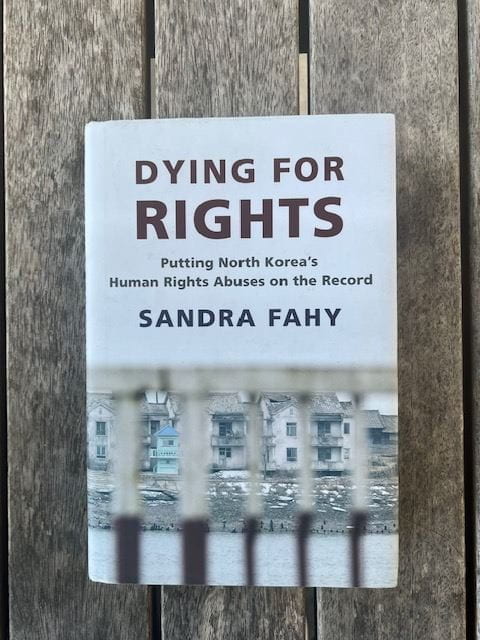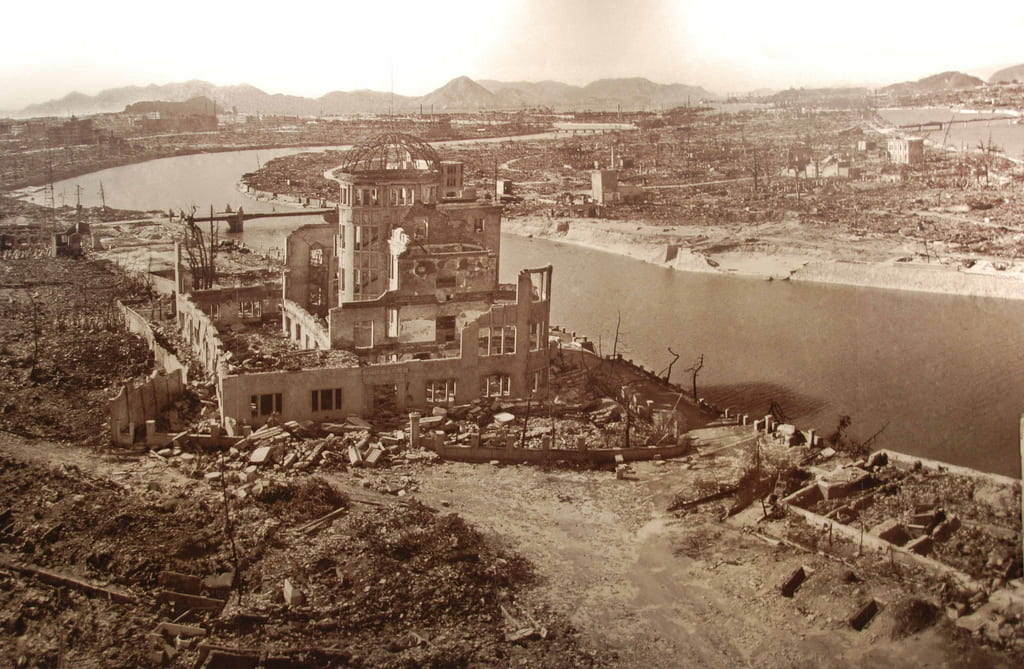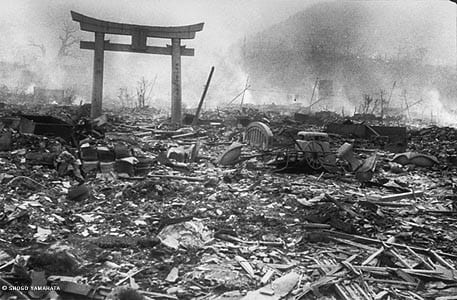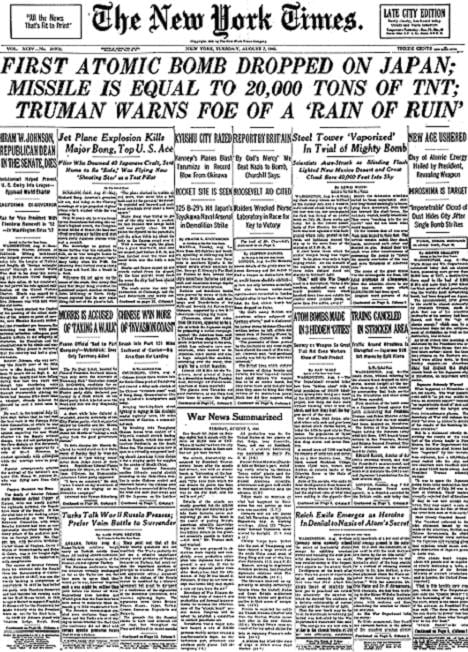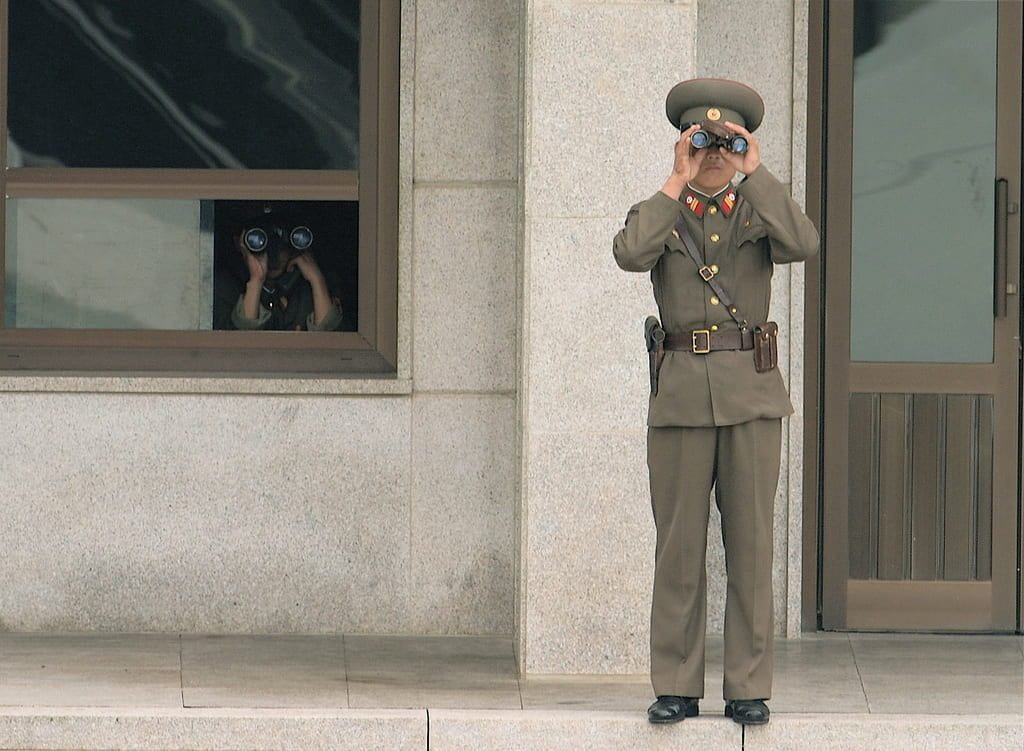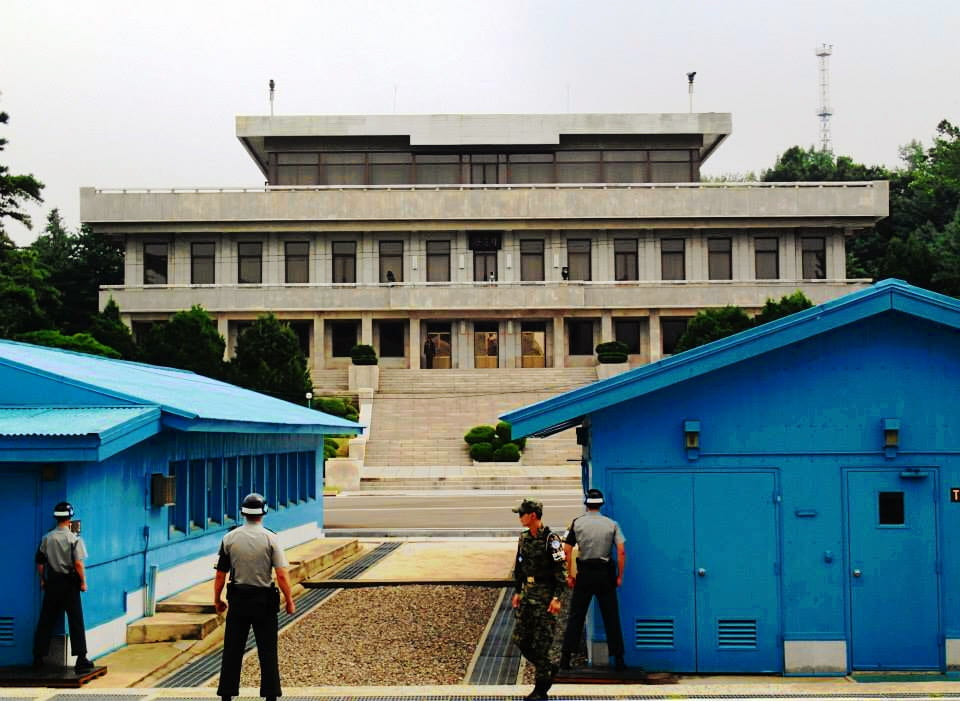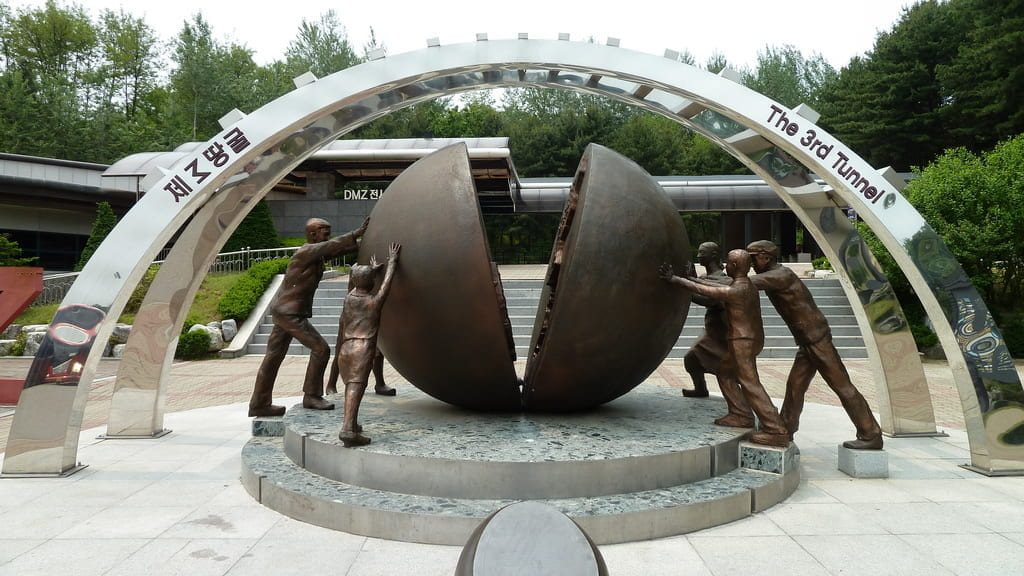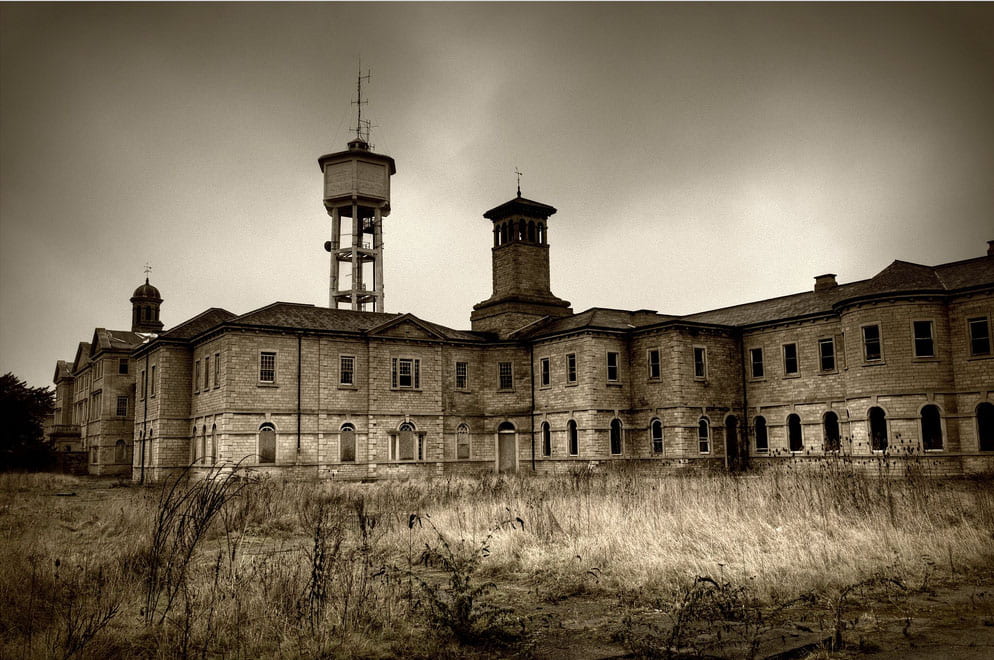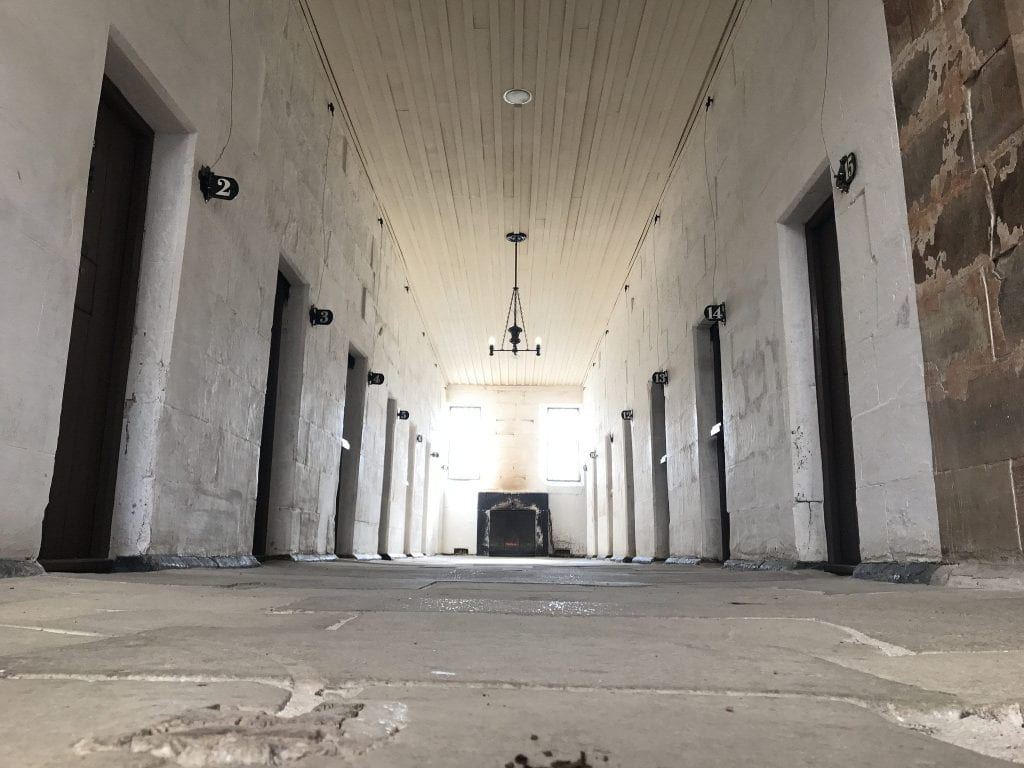
Recently, North Korea has promised closer ties with Russia and to further its aid in the Russia-Ukraine war. Throughout the war, many civilian structures have been destroyed, as Russia has continued to target educational facilities, homes, and hospitals. For many Ukrainians, their country has been something they’ve constantly had to fight for.
UAB (The University of Alabama at Birmingham) student, Kate Tkach, was nine years old when she left Ukraine to move to the U.S. For her privacy, I will use an alias to protect her identity. Tkach’s father and his family were in Kyiv when Russia invaded Ukraine in February of 2022. Since then, her grandparents have visited Ukraine during the summer of 2024. Their experiences give an idea of what life was like when the invasion occurred and what nights in Kyiv were like over the summer.
Brief History of Ukraine-Russia Conflicts and the Start of the War

Ukraine was previously an area of conflict in 2014 when Russia annexed Crimea. This was one of the first times since WWII that a state in Europe was annexed by another territory. In the fighting between 2014-2021, at least 14,000 civilian people died. Russia and Ukraine have been strongly connected economically, politically, and culturally. However, after the Soviet Union fell in 1991, Ukraine and Russia parted ways. This was considered a substantial loss for Russia’s international standing.
Putin began the invasion of Ukraine to combat Western powers that he claimed had the intention to destroy Russia. Ukraine had begun trading with other countries, much to the displeasure of Russia, who only wanted Ukraine to trade with them. Sources of energy have been a connecting factor between Russia and Ukraine.
President Putin has said that NATO (North Atlantic Treaty Organization) and the U.S. have violated promises they made not to grow alliances in the former Soviet States. A relationship between Ukraine and the U.S. would be seen as an act of aggression to Russia. Nonetheless, Ukraine was growing ties with NATO, leading to the invasion in 2022. Kyiv has since then backed the idea of fully joining NATO. For more information about the history of Ukraine and Russia, as well as a report from when the invasion first occurred, visit Dr. Reuter’s IHR Blog.
The cultural ties between Ukraine and Russia have given Putin justification for reunification. Over the years, President Putin has described Russians and Ukrainians as “one people.” Regardless of that statement, Russia has continued to target civilian infrastructure in cities like Kyiv. Over 100,000 Ukrainian civilians have been wounded or killed since 2022. Around 8 million refugees have been forced to flee to surrounding countries. One of those refugees was Kate Tkach’s father, who fled to a surrounding country. The roads had been so crowded that it took her father 24 hours to escape to Moldova.
Tkach’s hope for the future is that more awareness will be spread about Ukraine and Russia. While in the U.S., she’s experienced people expressing their confusion over what would be so bad about Russia taking over Ukraine.
“Ukrainian people have died for the independence of our country. Likening Russians to Ukrainians would be like saying, You’re from America? That must mean you’re Canadian. Our languages and cultures are different. We are not Russian; we are Ukrainian” — Kate Tkach.
While President Putin has pushed the agenda that Ukrainians are Russian, that is undoubtedly not the way Ukrainians feel.
North Korea’s Support and Aid to Russia

In June of 2024, President Putin and North Korean leader Kim Jong Un signed the Russia-North Korea joint comprehensive partnership agreement. The partnership highlights a mutual agreement to help each other in times of aggression. On October 23, 2024, North Korean troops were deployed to Kurkoblast, Russia which borders Ukraine. Reports say that North Korean personnel have been gathering in Russia throughout all of October. Simultaneously, over the past two years, North Korea has sent military equipment and ammunition to Russia as a means to strengthen ties.
Ukrainian intelligence sources stated that six North Korean officers were killed in a strike near Donetsk City. Donetsk City is located near the east side of Ukraine and is around 140 miles away from Russia’s border. President Zelenskyy said that reports suggest Russia is training two brigades that each contain 6,000 North Korean personnel. Recently, King Jong Un met with Russian Defense Minister Andrei Belousov in November of 2024 to discuss North Korea’s support of Russia. During the meeting, Kim criticized the U.S. for supplying Ukraine with weapons.
When asked about her thoughts on North Korea’s increased support of Russia’s war against Ukraine, Tkach said, “I wasn’t surprised. Atrocity after atrocity keeps happening in Ukraine. At a certain point, all of the bad things have plateaued in my mind. My first thought was, ‘Oh, what’s one more bad thing?’ It hasn’t affected my viewpoint so much.”
Russia’s War Crimes in Ukraine 2024

According to Amnesty International, war crimes include attacks on civilian and/or civilian infrastructure, killings of civilians, torture, crimes of sexual violence, murder or bad treatment of prisoners of war, and the use of illegal weapons. These are all violations of the International Humanitarian Law. This law is meant to limit the effects of armed conflicts on surrounding communities. It protects civilians, which includes medical personnel and humanitarian workers, as well as refugees and the wounded and sick.
On July 8, 2024, Russia attacked civilian infrastructures in Ukraine. Human Rights Watch reports that 42 civilians were killed, 5 of whom were children. Along with that, the largest children’s hospital in Ukraine, Okhamtdyt, was hit by Russian bombs over the summer of 2024. The intensive care unit, oncology, and surgical unit were severely damaged, while other units, such as the toxicology and traumatology, were completely destroyed.
The first strike had hit the hospital before it could be completely evacuated. The strike occurred when three patients were in heart surgeries. Additionally, one of the children who was evacuated before the strike was in critical condition. After being moved to a different hospital, the child died. Since June 2024, the UN Human Rights Monitoring Mission in Ukraine reported that 9,560 civilians have been killed and 21,450 were injured. At least 594 children have been killed since the summer, and 1,207 have been injured.
During the interview with Kate Tkach, I asked her what experience her grandparents had during the summer when visiting Ukraine. In the summer of 2024, Tkach’s grandparents visited both Kyiv and Ternopil. Kyiv is the capital of Ukraine and is located near central north Ukraine. Ternopil is located near the far west of Ukraine.
Tkach said that there is no airfare going across the borders of Ukraine. Because of this, her grandparents had to fly to Moldova and then take a bus all the way to Ukraine. This bus was not allowed to stop the entire way to Ukraine. In addition, every night, the water and electricity would be shut off, so Kyiv looked abandoned. This caused the already hot summer to become even worse. Her grandfather is 86 years old, and her grandmother is 88 years old.
Tkach stated, “I cannot even imagine what it is like now in the winter. Our winters are harsh and having no heat in the buildings at night is a death sentence.”
Looking towards Ukraine’s Future

At the time that Kate Tkach lived in Ukraine, she was a child. She reflects on her time spent there and her fondest memories. One of those was when the first snow would fall. Every year, all the kids would go up to a hill near their apartments and slide down it. No one knew each other, but everyone was together, and at that moment, they could enjoy spending time with one another. Tkach had lived in an apartment near a school in Kyiv. She is unaware whether or not the place she grew up in is still standing or not.
“I grew up in a very beautiful Ukraine, with beautiful Orthodox churches and green fields [that were] not yet touched by civilization. To think of all of that getting destroyed and left in rubble because Ukraine doesn’t want to surrender to a different country is hard to process. My people wanted an independent country and fought to gain their freedom, [which] is something I take pride in.” — Kate Tkach.
To help, one of the best things you can do is to spread verified news. It is imperative that awareness continues to be spread about the war crimes that are committed in Ukraine. For ways to support, donations can be made to humanitarian relief organizations like The UN Refugee Agency, which helps refugees, and the Ukrainian Red Cross Society, which has continuously sent humanitarian aid to places in Ukraine that most need it.
